Murals, hope for peace, street art and goodbye to Belfast and our Belfast family
- Fiona
- Oct 31, 2020
- 8 min read
Updated: Nov 2, 2020
Murals...
In his introduction about the history of Murals in Belfast our street art tour guide began with the following rather poignant statement
'Writing on walls is political - writing on walls that are political amplifies the message'
Belfast is steeped in street mural history. In fact long before 'The Troubles', city facades in Belfast served as canvas' for political expression. Ulster Loyalists were painting them from early in the 20th century and Republican themed murals began to emerge in the late 1970’s, compelled by events such as the Bobby Sands' 1981 hunger strike (that led to his death) to protest that IRA prisoners should be treated in accordance with the rules for prisoners of war.
Hundreds of these political murals are still spread across Northern Ireland. See our earlier post ‘Two Evenings in Derry’ about the famous Bogside murals.
The gallery below shows a selection of Nationalist Murals that are featured on walls in West Belfast and show depictions of political prisoners, heroes who died fighting for their cause, and global icons of campaigns against oppression.
Images
1 Bobby Sands - Famous mural of Bobby Sands, who was an Irish volunteer for the Provisional Irish Republican Army. He was the leader of the 1981 hunger strike, in which Irish republican prisoners protested against the removal of Special Category Status. During his strike he was elected as a member of the United Kingdom Parliament as an Anti H-Block/Armagh Political Prisoner candidate. He died aged 27 as one of the Maze Prison hunger strikers.
2 'They were faithful and they fought' - This mural commemorates the hunger strike during which republican prisoners in the Maze prison starved themselves to death trying to re-establish their political status (they wanted to be treated as prisoners of war rather than criminal convicts) and is dedicated to the lives of: Billy McKee, Hunger-striker, Crumlin Road Gaol 1972; Kieran Nugent, Blanketman, H-Blocks Long Kesh 1976; Brendan Hughes, Blanketman, Hunger-striker, H-Blocks Long Kesh, 1980.
Before 1976, most jailed Republicans were considered political prisoners and did not have to wear prison uniforms. When that rule changed, Kieran Nugent, pictured here, refused to be labeled as a convict and opted instead to wear blankets. “If they want me to wear a uniform they’ll have to nail it to my back,” he said.
3 On Beechmount Avenue, Provisional Irish Republican Army (IRA) member Francis Hughes is commemorated in this striking mural, surrounded by fellow Republicans and hunger strikers, Hughes died on May 12, 1981 in the Maze/Long Kesh prison following a hunger strike lasting 59 days.
4 A Provisional IRA mural in Ballymurphy that pays tribute to three IRA volunteers Bobby McCrudden, Mundo O’Rawe and Pearse Jordan who were shot dead by an undercover Royal Ulster Constabulary Unit on the Falls Road in 1992.
5 Battle of the Falls - Four people were killed in the course of The Falls Curfew. In the 36 hours from July 3rd to 5th in 1970 3,000 houses on the lower Falls Road were cordoned off after a weapons search of the area developed into a riot.
6 Jim Bryson and Patrick Mulvenna were IRA volunteers shot during a gun battle from a concealed British Army observation post on the Ballymurphy Road, Ballymurphy, Belfast on 31st August 1973.
The next gallery shows photographs of Loyalist Murals that were mostly taken in East Belfast, although there are also quite a few murals in West Belfast especially on and around Shankill Road.
Images
1 Reminding the community about the killing of innocent people by Sinn Fein
2 This mural shows Protestant William of Orange (King Billy), seen here riding a white horse, defeated King James II of England, a Roman Catholic, at the Battle of the Boyne in 1690. (refer to previous post here).
3 Mural advertising the Ulster Volunteer Force (UVF) an Ulster loyalist paramilitary group. The UVF emerged in 1966 and carried out armed campaigns during The Troubles. It declared a ceasefire in 1994 and officially ended its campaign in 2007, although some of its members have continued to engage in violence and criminal activities. The group is classified as a terrorist organisation by the UK and the Republic of Ireland.
4 The early 1970s were bloody, with both sides often bombing bars and cars. In 1971, UVF fighters, depicted here on Newtownards Road in East Belfast, killed 15 people after bombing McGurk’s Bar, a pub frequented by Catholics. By the end of the Troubles, the UVF had killed more than 500 people.
5-9 East Belfast loyalist murals
On the walls of Andrews FlourMiill on Falls Road in West Belfast is the ‘International Wall’, where murals are painted that depict a tapestry of global historical and political events. Themes portrayed in these murals have included subjects as diverse as the Basque independence, Palestine and the Cuban Revolution, and show that nations of dispossessed peoples where their land has been stolen, resonates with Belfast's nationalist community.
These murals change regularly and they can also reflect current global concerns – such as currently topical Black Lives Matter movement and the West Belfast support of the NHS. (National Health Service - that the government was encouraging the public to support during the pandemic).
Images
1 Black Lives Matter
2 Solidarity with Palestine
3 Positive message about the changing world
4 Support the NHS (National Health Service). In addition to the mural, to show their support for the NHS many of the citizens of Belfast (and aroiund the UK) would stand in their doorways and applaud the efforts of the NHS staff every Thursday at 8pm during the National Lockdown period.
Like the communities themselves the decision on whether to keep these murals is divided. This division mirrors worldwide debates about statues of disgraced historical figures.
Some say that the paramilitary murals should be covered up; and in recent years the Arts Council of Northern Ireland have spent millions to remove the most militant murals in the region, replacing them with images of Belfast’s cultural icons (such as the builders of theTitanic) or athletes (such as soccer star George Best).
.....and those that want them to remain say that the murals are some of the most important public historic images of the time and that they should be preserved
I can see the merit of removing them as I found the masked gunmen images confronting - imagine the impact of these murals on young children - scary or even scarier that they may come to think it is acceptable to wear masks and bear arms and/or they become immune to the menace of the images. These images also reinforce the division in the community.
But I can also see the merit in having them remain as a medium to teach people about the history of ’The Troubles’ such as when the famous Belfast Black Taxi tour guides take tourists to the murals and explain the history to them - but maybe that’s what museums and art galleries are for...
Images
1 The Titanic
2 Famous people from East Belfast including legendary footballer George Best, musician Van Morrison, author CS Lewis and Thin Lizzie guitarist Gary Moore (painted in 2017)
3 No More fighting...
Hope for the future
Achieving peace is a process - you don’t have war one day and a perfect peace the next. We saw numerous examples of how the peace process is moving forward in Belfast including replacing the paramilitary murals as noted above and, in the process of developing the Cathedral Quarter in Belfast, the walls of many buildings there are the canvas for apolitical murals (see my earlier post Seville to Belfast and then a first look at the Cathedral Quarter... in lock-down...and a few murals here).
We went on a walking tour to learn about many of these murals and our guide, Adam Turkington (from Seedhead Artists, who organises the annual 'Hit the North' Festival that has local street artists paint on walls around the Cathedral Quarter) explained that their work is mostly of positive new murals that celebrate a new Belfast; and that these young street artists are shifting the conversation by changing both the medium and the message of the murals. While nodding to the past, many of these young painters endeavour to leave the Troubles behind. (read more about this here and here)
There is an interesting collaboration of two street artists (not connected to Seedhead Artists) a Protestant, Mark Ervine and a Catholic, Danny Devenny. (One was once an IRA prisoner, the other is the son of a Loyalist leader) who have come together over a shared love of art, to cover Belfast’s walls with their vision of a better future, their murals are still political but they speak for unity rather than division. Read about their work and motivation for peace here
In Education there has been a programme run by the education provider Springboard since 2016 called 'Peace IV Shared Education Programme’. This project involves teenagers from disadvantaged communities in Belfast being introduced to their neighbours across the wall. The kids visit each other's schools where they learn and play together. For most of those on the course, it is the first time they have ever spoken face-to-face with someone from the other side.
"Before Springboard, I was always told that Catholics were bad people compared to Protestants," says one. "But not all Catholics are like that - they are actually mostly like us."
A Protestant girl explains to the group: "I never knew anybody from the other community. I never spoke to anybody from the other community. Now I do. I speak to them every day."
The course is about much more than just bringing people together and hoping they get along. "We break down the prejudices and stereotypes they carry with them from the communities, from the families, from the legacy of The Troubles," project leader Stephanie O'Rourke explains. "It is about talking about the elephant in the room."
A great article on this can be found here.
And finally, the proportion of those who identify as non-religious in Northern Ireland has hit a record high of 20%; and so the population is becoming progressively less religious and more diverse over time. When I first read this statistic I thought it demonstrated progress toward a non-sectarian community and a more peaceful society. This thought was supported by several people from Belfast that I spoke to saying that they didn’t identify with either Catholicism or Protestantism. But of course it isn’t that clear cut, as this account of census data collection illustrates just one example that institutional sectarianism of the census assumes a religion by asking "What religion, religious denomination or body do you belong to?” In the 1991 census the last listed tick-box option is ‘none’. In the next census in 2001 this changed to include an additional question only for people who select 'none': "What religion, religious denomination or body were you brought up in?”. This is a clear indication that the government did not accept that many people refused to identify with a religion.
And because I love Street Art...
Images
From the Street Art Tour with Adam Turkington from Seedhead Arts
1 Adam doing his tour guide stuff
2 Outside the Belfast Circus School
3 Spray can art on a Junction Box - there were quite a few junction boxes used as canvases - this is one of my favourites by the street artist called Irony
4 By artist KinMx
5 Golden Lion Monkey by Louis Masai
6 The top painting is Fox and Bird by Friz which shows a bird fighting off a fox who wants her eggs, all in a mane of human hair; Underneath is a Sea Scene by artist MELS2, showing (in the wide shot, below) four bloody hands, with blood red nails, belonging to a blonde-haired, black-lipped woman looking askance at the viewer.
7 Amazing art on the shutters of shops on North Street
8 By Alice Pasquini
9 By street artist JMK
10,11 The tour introduced this artist and we watched him work his magic with aerosols
12,13 Small stencil paintings down an alley - if you are looking you find street art in really surprising places - some of it is very good.
14 Amazing how realistic this is - I don't know who painted it.
15 Woman and Parrot by Sancho Medina from Columbia as part of the Hit the North 2018 festival, this colourful image of a woman and parrot stands over three storeys on Gresham Street
16 Tribute mural to the murdered journalist Lyra McKee
This is the final post from our time on the Island of Ireland - an unplanned stop for the ‘gypsiesinourfifties’ but one that we have enjoyed immensely. One contributing factor to this was spending time with our Belfast family that we were sad to say goodbye to - our nephew Nick, his lovely wife Holly and our gorgeous, hilarious and so full of life grand niece Juniper. We have wonderful memories of conversations with you over the balcony railings - and ambling around the field in the Titanic Quarter, picking wildflowers and collecting stones :)

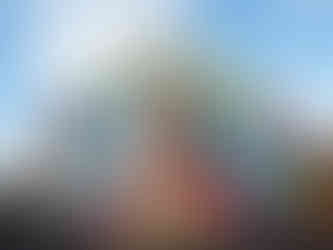

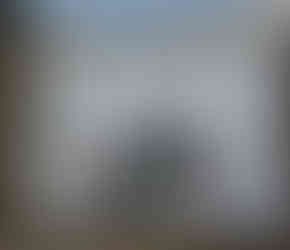

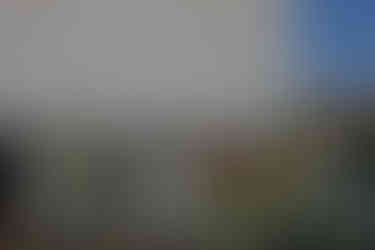

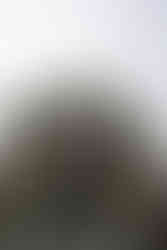

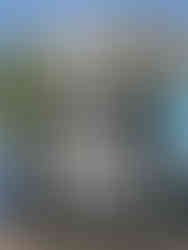

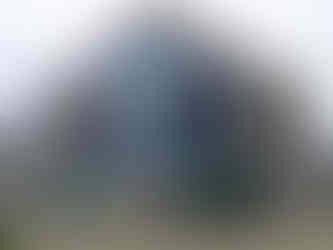

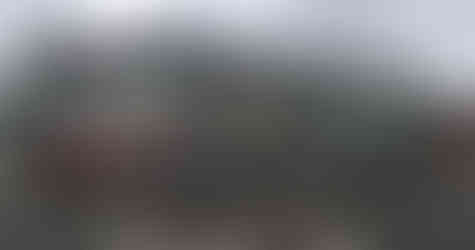

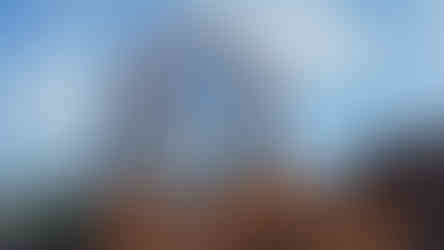

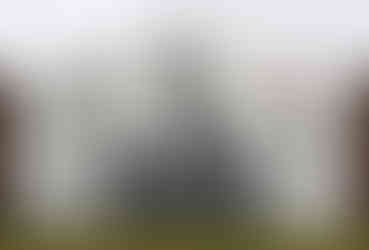

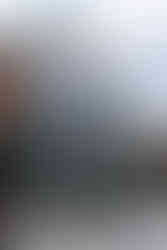


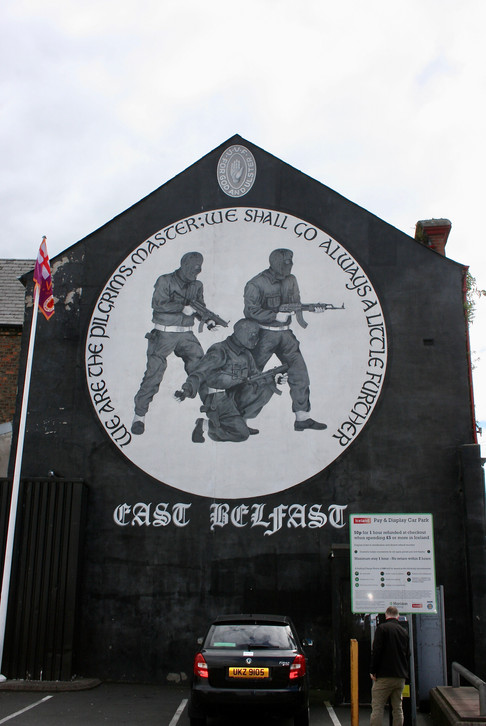
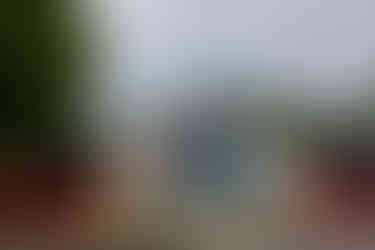

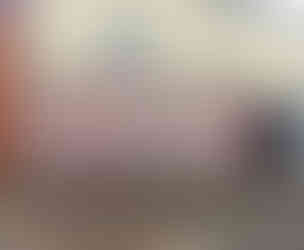

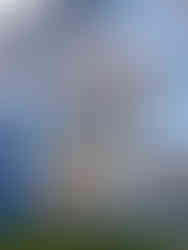

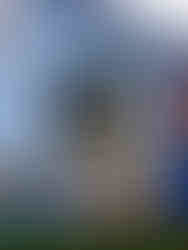

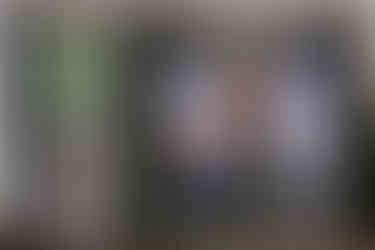

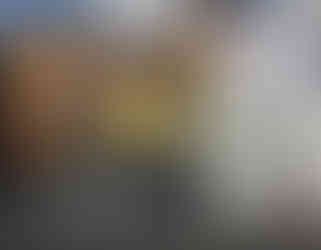

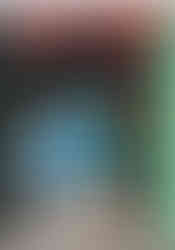

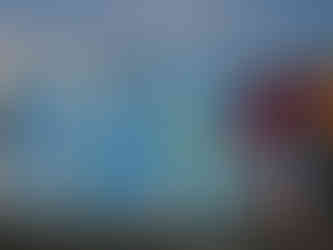

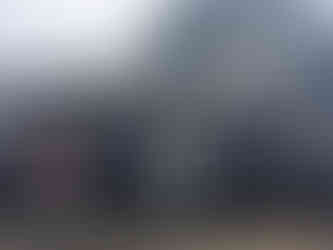


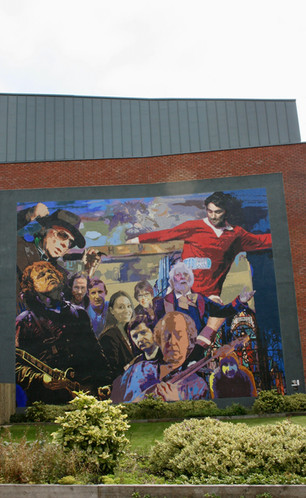


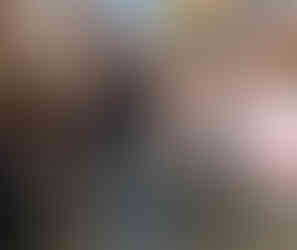


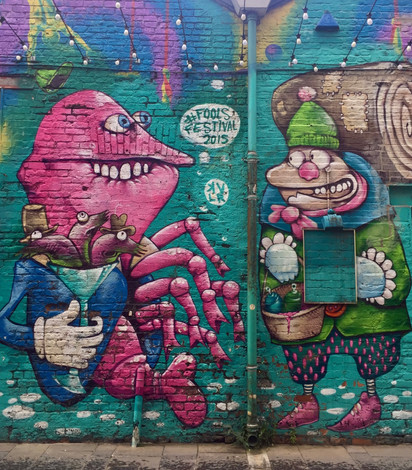

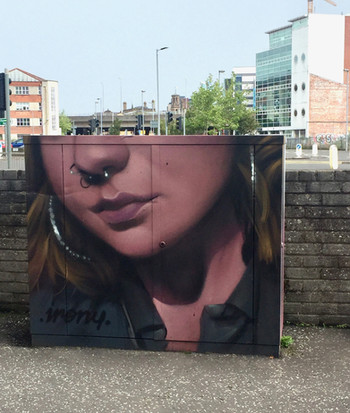




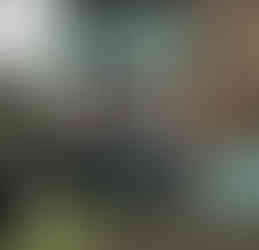







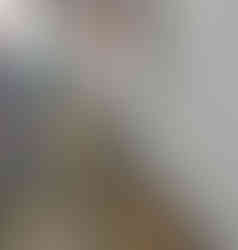

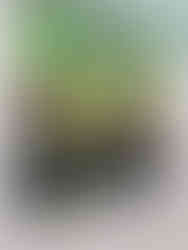

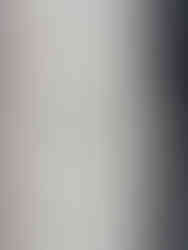

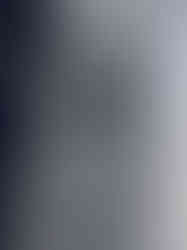




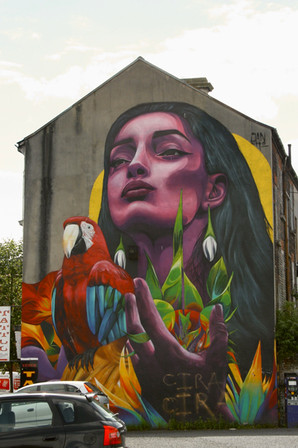


The street art walking tour is fabulous, would recommend it to anyone visiting Belfast. Your photos recreate it so well Fiona.